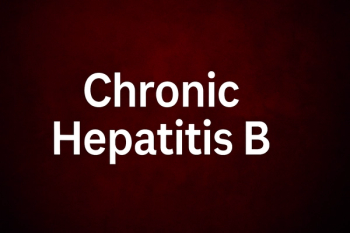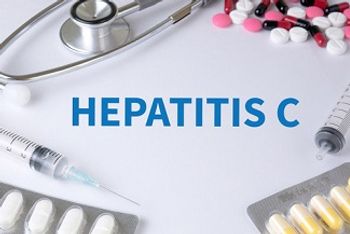
A Dangerous Marriage: Medical Devices and Drug-Resistant Infections
A new study shows that patients with medical devices were more likely to have resistant infections.
Modern medicine has given us so many incredible advances to improve longevity and enhance quality of life. Unfortunately, the development of medical devices, also acts as a double-edged sword. While these devices provide us with the opportunity to save the life of a patient, they can also act as a reservoir for microorganisms and infections.
In recent decades we have seen a shift in health care and infection prevention to reduce the usage of these devices. Utilization rates are now a focus of efforts at a national level. Reduce the number of devices to reduce the risk of infection, is the mentality.
In the face of
A
Assessing data from 2015-2017 reported into NHSN, the study team reviewed central line-associated bloodstream infections (CLABSIs), catheter-associated urinary tract infections (CAUTIs), ventilator-associated events (VAEs), and surgical site infections (SSIs). Infections from acute-care hospitals, long-term acute-care hospitals, and inpatient rehab facilities, were assessed.
This analysis focused on the percentage of pathogens with nonsusceptibility (%NS) to certain antibiotics and then calculated for each health care-associated infection type. After assessing the data from over 5600 hospitals, the majority of infections were a result of Escherichia coli, Staphylococcus aureus, and Klebsiella spp.
The percentage of pathogens with nonsusceptibility was significantly higher in those patients with device-related health care-associated infections than those with surgical site infections. From the infection prevention perspective, this is relevant for several reasons. First, we know that invasive medical devices increase the risk for infections, but this helps reinforce the “do we really need this Foley catheter?” when it also brings the higher risk of resistant infections.
Second, since these are only infections associated with devices and surgeries, there’s little way to assess other infections related to medical devices, like peripheral IVs. Lastly, the surgeries that are reported into NHSN are limited and do not represent all surgical-site infections that might exist, so we can’t discount that those not reported might yield higher rates of drug-resistant infections.
While this study raises several questions, it drives home the importance of reducing utilization of medical devices as they inherently increase the risk of infections, especially those resistant ones.
Moreover, when use is absolutely necessary, it is important to closely monitor the susceptibility of any organism found growing and work closely with infectious disease physicians to guide smart antibiotic stewardship efforts. While advancements might improve patient outcomes, we must also consider the risk that such invasive medical devices create when employed.
Newsletter
Stay ahead of emerging infectious disease threats with expert insights and breaking research. Subscribe now to get updates delivered straight to your inbox.
















































































































































































































































































































